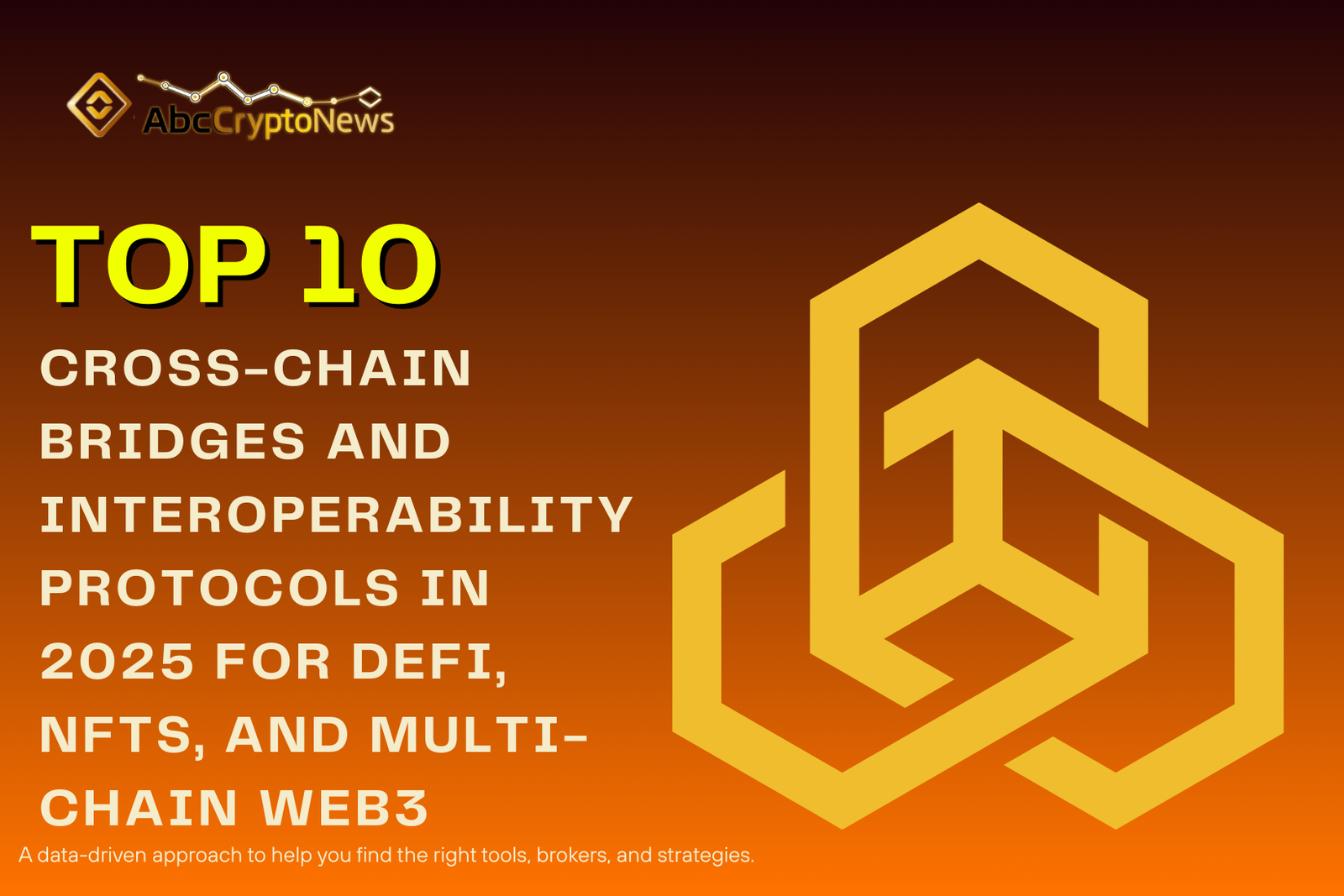Top 10 Cross-Chain Bridges and Interoperability Protocols in 2025 for DeFi, NFTs, and Multi-Chain Web3
In the evolving world of blockchain, the top 10 cross-chain bridges and interoperability protocols of 2025 stand at the center of a crucial shift. While blockchains began as isolated ecosystems, the multi-chain reality of Web3 has created a strong demand for seamless connectivity. Users no longer want to be restricted to a single chain — whether they are moving stablecoins between Ethereum and Solana, trading NFTs across chains, or playing blockchain-based games that span multiple networks.
This is where cross-chain bridges play their part. They serve as the connective tissue of Web3, enabling asset transfers, liquidity sharing, and even complex smart contract interactions between otherwise separate ecosystems. Without them, the growth of DeFi, NFTs, and institutional blockchain use would remain fragmented and inefficient. Yet, interoperability also introduces challenges — from security risks to usability hurdles.
With 2025 bringing new protocols, audits, and innovations, it’s worth exploring which solutions are defining this space. Below is a curated look at the ten leading bridges and interoperability protocols shaping blockchain this year.
Evaluation Criteria
When examining the most impactful cross-chain protocols, several factors matter more than just brand name or hype. Security remains the most pressing concern, especially after high-profile exploits in recent years. Equally important are speed, fees, and the breadth of supported chains. For a bridge to stand out, it must balance safety with usability while offering unique features like NFT transfers or cross-chain messaging.
Key benchmarks include:
- Security: Audits, exploit history, insurance mechanisms
- Transaction Speed: Average confirmation times, liquidity efficiency
- Supported Chains & Assets: Breadth of tokens and ecosystems
- Costs: Gas optimization, incentives, and fees
- User Experience: Simplicity, wallet integrations, smooth interfaces
- Innovations: New mechanisms for swaps, smart contracts, or messaging
With these criteria in mind, let’s look at the top 10 cross-chain bridges in 2025.
1. Portal Bridge (Wormhole-based)

Source: Coinbay
Among the most well-known, Portal Bridge is built on top of the Wormhole protocol. Its reach is wide, connecting ecosystems like Ethereum, Solana, BNB Chain, and Avalanche. What sets it apart is not just token transfers but support for NFT bridging and a growing role in liquidity flows across DeFi.
By 2025, Wormhole has secured multiple audits and partnered with both institutional players and DeFi-native projects. It is often used by NFT collectors moving assets between Solana and Ethereum, and by developers building multi-chain apps. Despite its strengths, the protocol has faced scrutiny for past security incidents, making its ongoing resilience a key part of its reputation.
2. Binance Bridge
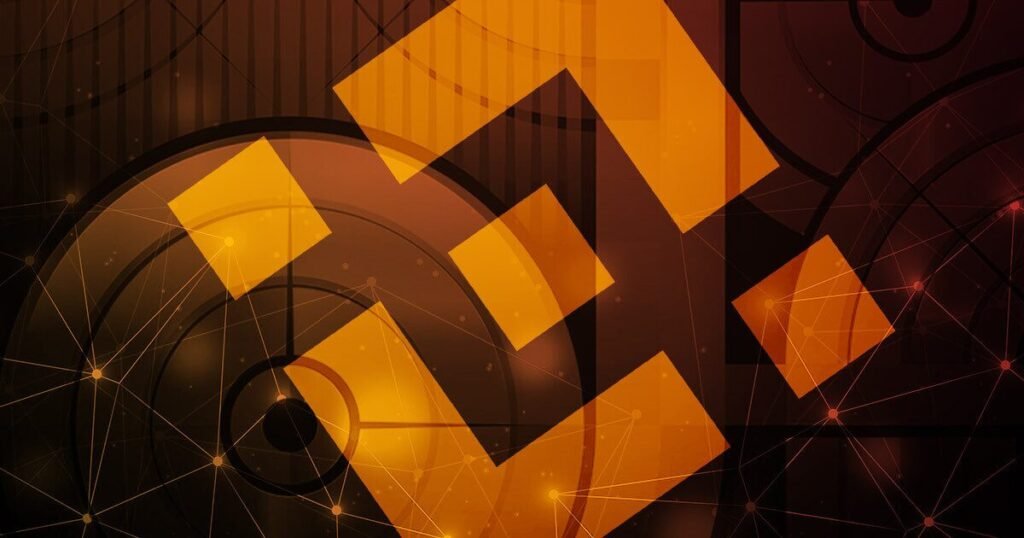
Source: CryptoSlate
A more centralized but deeply liquid option is Binance Bridge, which ties Binance Smart Chain with other major networks. Its appeal lies in simplicity: low costs, direct wallet integration with Binance Exchange, and support for a wide variety of assets.
For everyday users, Binance Bridge feels accessible — but its reliance on centralized validation has raised concerns. Yet, it remains one of the most widely used gateways in 2025, especially for traders moving assets in and out of BNB Chain’s growing DeFi ecosystem.
3. Avalanche Bridge (AB)
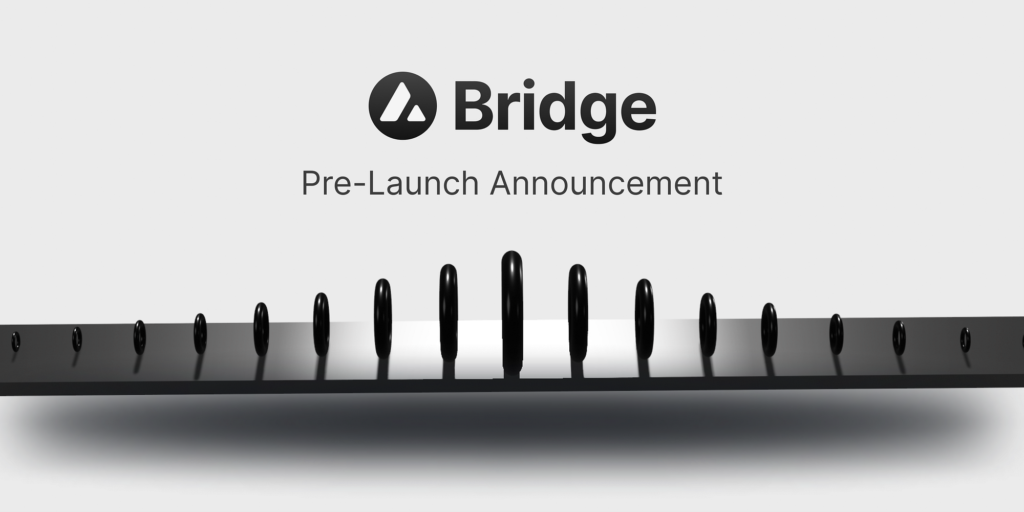
Source: Medium
Avalanche Bridge (AB) was created specifically to connect Ethereum with Avalanche. While narrower in scope than some, it has become popular due to speed and cost advantages. Transfers that take minutes elsewhere can complete in seconds here, making it attractive for NFT minting and gaming.
Institutions have also shown interest in Avalanche Bridge, citing its advanced security features and compatibility with large-scale tokenized assets. By 2025, it remains an essential on-ramp for Ethereum users looking to explore Avalanche’s DeFi and gaming ecosystems.
4. Synapse Protocol
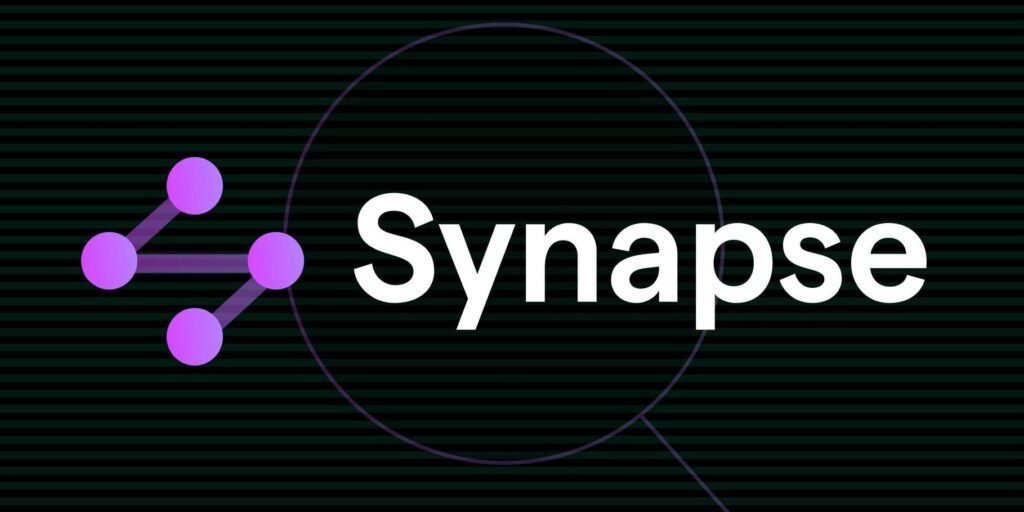
Source: X
If DeFi is the heartbeat of cross-chain activity, Synapse Protocol has positioned itself as one of its main arteries. It is not only a bridge but also a liquidity network powered by its own AMM (automated market maker). Stablecoin transfers are seamless, and its cross-chain messaging expands beyond asset transfers.
Integrations with Layer-2 solutions like Arbitrum, Optimism, and Base highlight Synapse’s commitment to scalability. For many DeFi users in 2025, Synapse is the protocol of choice when moving funds quickly between L2s and mainnets.
5. Symbiosis Finance

Source: Decrypt
While some bridges focus on one or two ecosystems, Symbiosis Finance seeks to unify them all. With its one-click multi-chain swaps, it reduces friction for users who don’t want to think about technical routing. Governance is also decentralized, driven by its tokenomics and community votes.
In 2025, Symbiosis has formed strategic partnerships with multiple chains, allowing it to serve as a “meta-layer” for liquidity. This broad interoperability makes it a practical tool for both traders and emerging dApps seeking smooth connectivity.
6. Across Protocol
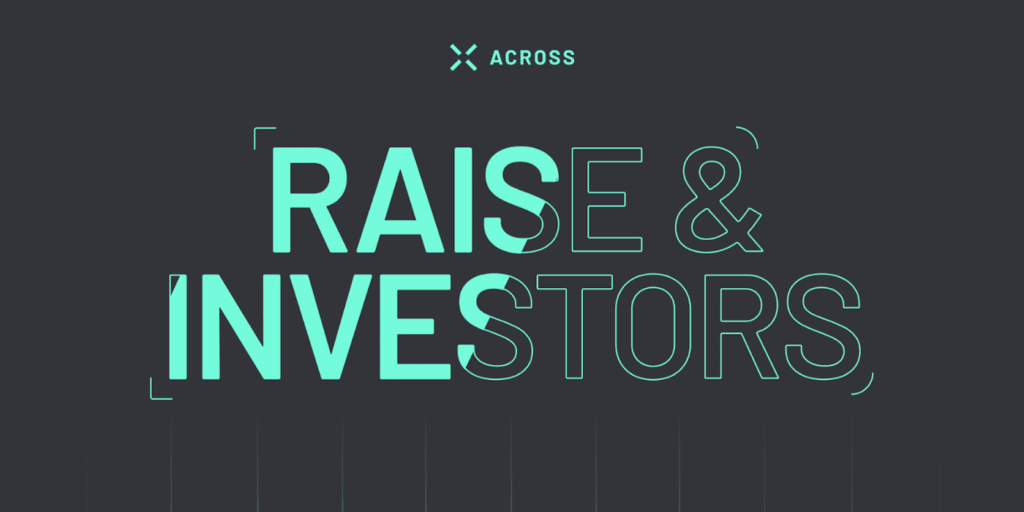
Source : NFT GATORS
Focused specifically on Ethereum Layer-2 transfers, Across Protocol has carved out a niche. Its instant liquidity provider model ensures users get assets quickly, while providers are reimbursed later through protocol mechanisms.
The appeal is clear: low fees and a streamlined interface. By 2025, Across has been widely adopted in DeFi aggregators, making it the hidden backbone behind many L2-to-L2 swaps happening under the hood.
7. Allbridge
Allbridge takes a broad approach, connecting both EVM and non-EVM blockchains. Its strength lies in supporting ecosystems often left out by others, such as Tron or Solana. This inclusive strategy has allowed it to maintain relevance even as new protocols emerge.
Stablecoin transfers remain a strong feature, though risks around liquidity depth and performance continue to be part of the conversation in 2025. Still, for users navigating less conventional chains, Allbridge fills an important role.
8. Top 10 Cross-Chain : Orbiter Finance
Ethereum’s Layer-2 ecosystems have grown rapidly, and Orbiter Finance is a bridge built for exactly that. It specializes in zkSync, Arbitrum, Optimism, and StarkNet transfers, offering a fast and low-cost experience.
Developers also appreciate its strong tooling and APIs, which have encouraged community-driven integrations. By mid-2025, Orbiter has become the go-to option for power users of Ethereum’s scaling solutions.
9. Top 10 Cross-Chain : Jumper Exchange (by LI.FI)

Source: Cryptwerk
The advantage for traders and dApp developers is clear: they no longer need to guess which bridge is most efficient. In 2025, Jumper’s role as a “meta-bridge” reflects the industry’s broader shift toward aggregation and composability.
10. Top 10 Cross-Chain : Retro Bridge / Matcha Cross-Chain

Source: Matcha
Last on the list is Retro Bridge (also linked with Matcha Cross-Chain). While newer compared to giants like Wormhole, it emphasizes cross-chain swaps with DeFi aggregator roots. Its strength lies in token liquidity, giving users efficient trades across multiple ecosystems.
Its niche positioning makes it less universal but valuable for DeFi traders who prioritize optimized liquidity access. In 2025, Retro continues to expand as part of the larger aggregator-driven future of cross-chain movement.
Comparative Analysis
Looking at these bridges side by side, differences become clear. Protocols like Portal (Wormhole) and Synapse offer breadth and innovation, while specialized solutions like Across or Orbiter shine in L2 transfers. Binance Bridge remains central for retail adoption due to its simplicity, though decentralization purists remain skeptical.
Speed and cost often involve trade-offs: Avalanche Bridge offers lightning-fast transfers, while Symbiosis focuses on user simplicity. Security remains an open concern — heavily audited protocols inspire more confidence, but even the largest bridges are not immune to risks.
Future Trends in Cross-Chain Interoperability – Top 10 Cross-Chain
By 2025, it’s evident that bridges are evolving beyond simple asset transfers. Cross-chain messaging is growing, enabling dApps to interact across networks without users even noticing. Modular blockchains also demand higher levels of interoperability, where liquidity is not locked to one place.
Aggregators like Jumper Exchange may set the tone, while enterprise players increasingly adopt bridges that prioritize security and compliance. At the same time, risks remain: hacks, exploits, and regulatory scrutiny could reshape the space.
Conclusion – Top 10 Cross-Chain
The top 10 cross-chain bridges and interoperability protocols of 2025 highlight both the progress and complexity of Web3’s multi-chain reality. From Wormhole’s broad reach to Across’s L2 focus, these solutions provide the infrastructure that DeFi, NFTs, and gaming now rely on.
As blockchain moves into its next era, bridges may evolve into full interoperability layers — less about “moving tokens” and more about unifying fragmented ecosystems. One thing is clear: interoperability remains the backbone of Web3, and the protocols leading this space in 2025 will continue shaping how users and institutions interact with blockchain.

